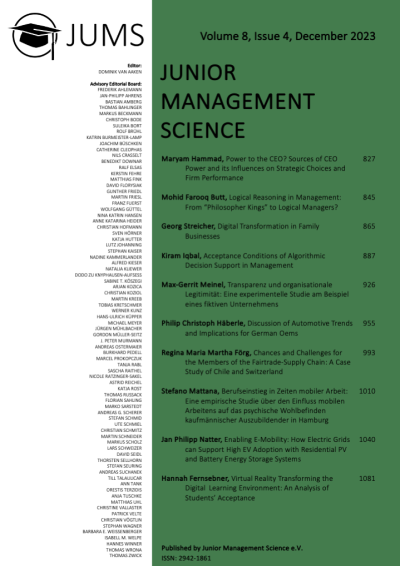Abstract
Understanding the challenges electrical distribution grids will have to bear in the future is essential to take appropriate measures and ensure electrical grid infrastructure stability. This thesis deploys representative grid models for varying agglomeration scenarios and seasons to investigate the challenges and synergies that arise with high EV penetration rates, PV electricity generation and BESS. The central innovation lies in the developed large-scale model which considers time of year and agglomeration variation, all of which influence household and charging electricity demand, PV generation, as well as PV and EV penetration. Based on a large dataset on German mobility, a Markov chain is developed to sample a trip chain for each individual in the model. Based on the trip chain, EV energy demand and EV charging decisions are simulated. Household loads and PV generation are synthetically modelled to account for external influences. All load and generation profiles then interact with residential BESS and the resulting profile is deployed in three MATLAB MATPOWER grid models. An investigation of power flows showed that transformer thermal limits and feeder line thermal limits are the most critical components. Whilst rural grids are most vulnerable to increased loads through higher EV penetration rates, the mitigation potential with PV electricity generation and BESS is also highest. If every home that has an EV is equipped with a PV-BESS, the grid’s capacity for maximum EV penetration increases by up to 50%.
Keywords: Electric vehicle charging; Photovoltaic systems; Electrical distribution grid; Battery energy storage system; Power flow analysis.

Dieses Werk steht unter der Lizenz Creative Commons Namensnennung 4.0 International.
Copyright (c) 2023 Jan Philipp Natter

